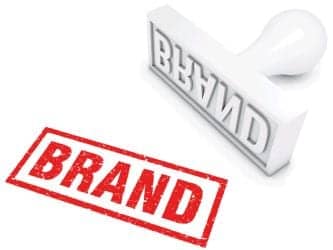The U.S. FDA finalized guidance to help companies prepare to quickly and effectively remove violative products from the market.
The final guidance—Initiation of Voluntary Recalls Under 21 CFR Part 7, Subpart C—from the FDA describes steps companies should take, before a recall is necessary, to develop recall policies and procedures that include training, planning and record-keeping to reduce the time a recalled product is on the market and, thus, limit the public’s exposure to risk.
“Voluntary recalls continue to be the fastest, most effective way for a company to correct or remove violative and potentially harmful products from the market to help keep consumers safe,” says Associate Commissioner of Regulatory Affairs Judith McMeekin, Pharm. D. “It is critical that all companies in the supply chain are ‘recall ready’ to ensure appropriate actions are taken swiftly across the distribution channels to best protect public health and the integrity of the supply chain.”
A voluntary recall is an action taken by a company to correct a violative product or remove it from the market. A recalling company may act on its own initiative or the FDA may inform the company that a distributed product violates the law and recommend the company recall the product. The FDA has the authority to require recalls of certain products in particular circumstances, such as controlled substances, biological products, human cells, tissues and cellular and tissue-based products, medical devices, and foods.
The final guidance explains how companies should have adequate product coding and maintain distribution records to facilitate faster, more accurate recall actions, which the FDA recommends that all companies do.
The guidance also urges companies to act quickly to initiate a recall when public health is at risk and to do so prior to completing an investigation into the cause of the problem. Because recalls can affect the entire supply chain, including downstream suppliers, wholesalers or vendors, the FDA recommends that companies develop recall procedures to quickly inform their entire distribution chain, so consignees can rapidly identify affected lots and recall downstream products when necessary.




